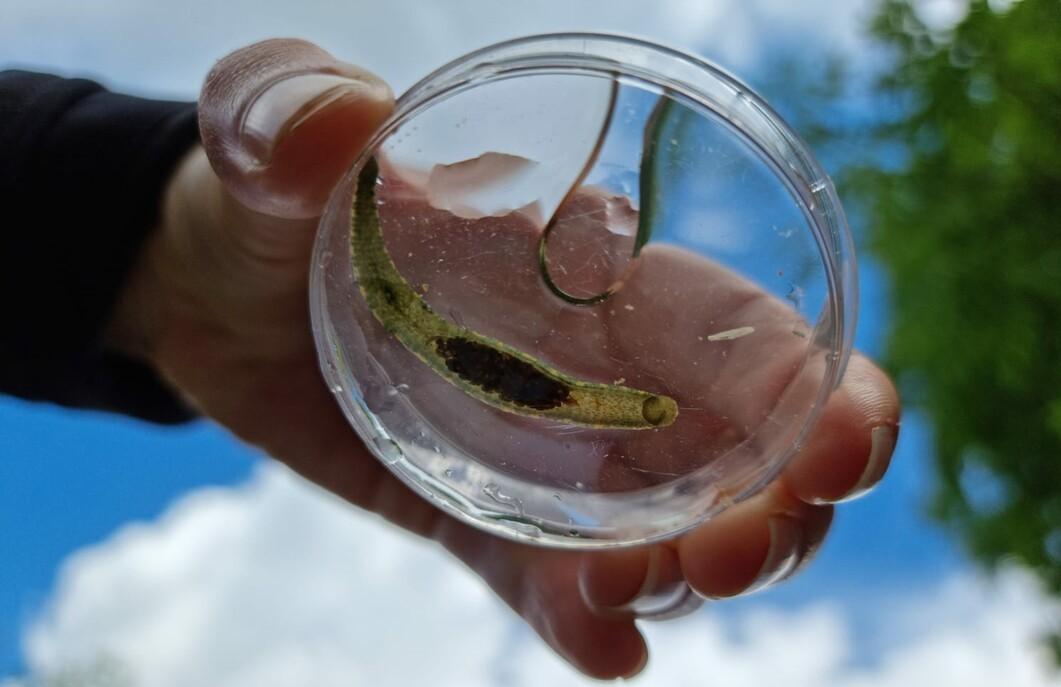
BioBlitz 2022: The results
The second Forest BioBlitz took place in June 2022 in the Spernal area of the Forest, and the results are in! Sam Macvie, Biodiversity Data and Survey Officer, talks us through the different species recorded in this area of the Forest.
Recording wildlife in the Forest
Following the success of our first-ever BioBlitz, held in July 2021, we held our second event this June. A BioBlitz is a race against the clock to discover as many species of plants, animals, and fungi as possible, within a set location, over a defined period (usually 24 hours).
Members of the public again joined the Forest team and wildlife experts to help create a snapshot of the rich biodiversity that can be found in College Wood (near Studley). The preliminary results are in, and we are delighted that we recorded 453 species during the 24 hours, even more than the 363 recorded last year. Here is a summary of what we found.
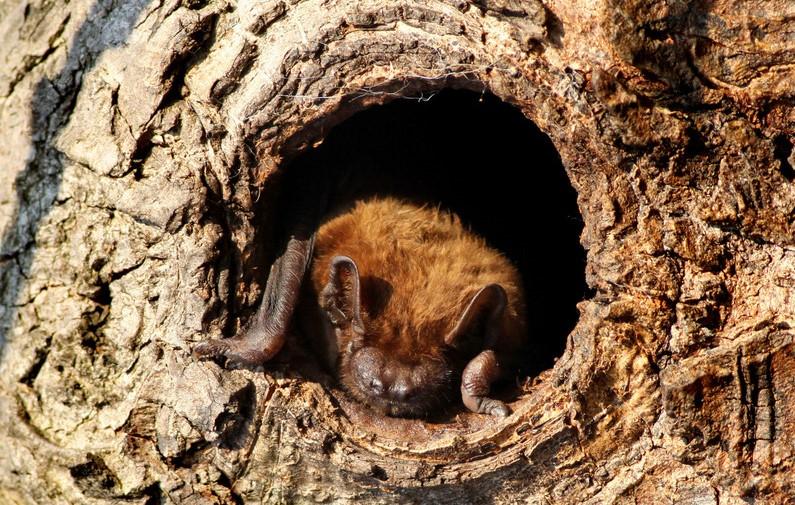
Bats
Species recorded: 6
Our largest UK bat, the noctule bat, gave an excellent display during our evening bat survey, as well as the water skimming Daubenton’s bats. Common and soprano pipistrelle, brown long-eared and Natterer’s bat were also recorded.
Moths
Species recorded: 134
This count included 96 macro-moths and 38 micro-moths. The best of these were four dingy shells, a moth which feeds on alder and is very local in Warwickshire, with usually only single individuals recorded when it is found. Dozens of the expertly camouflaged buff-tip moths and four species of hawkmoth were recorded, as well as the day-flying six-spot burnet and cinnabar moths.
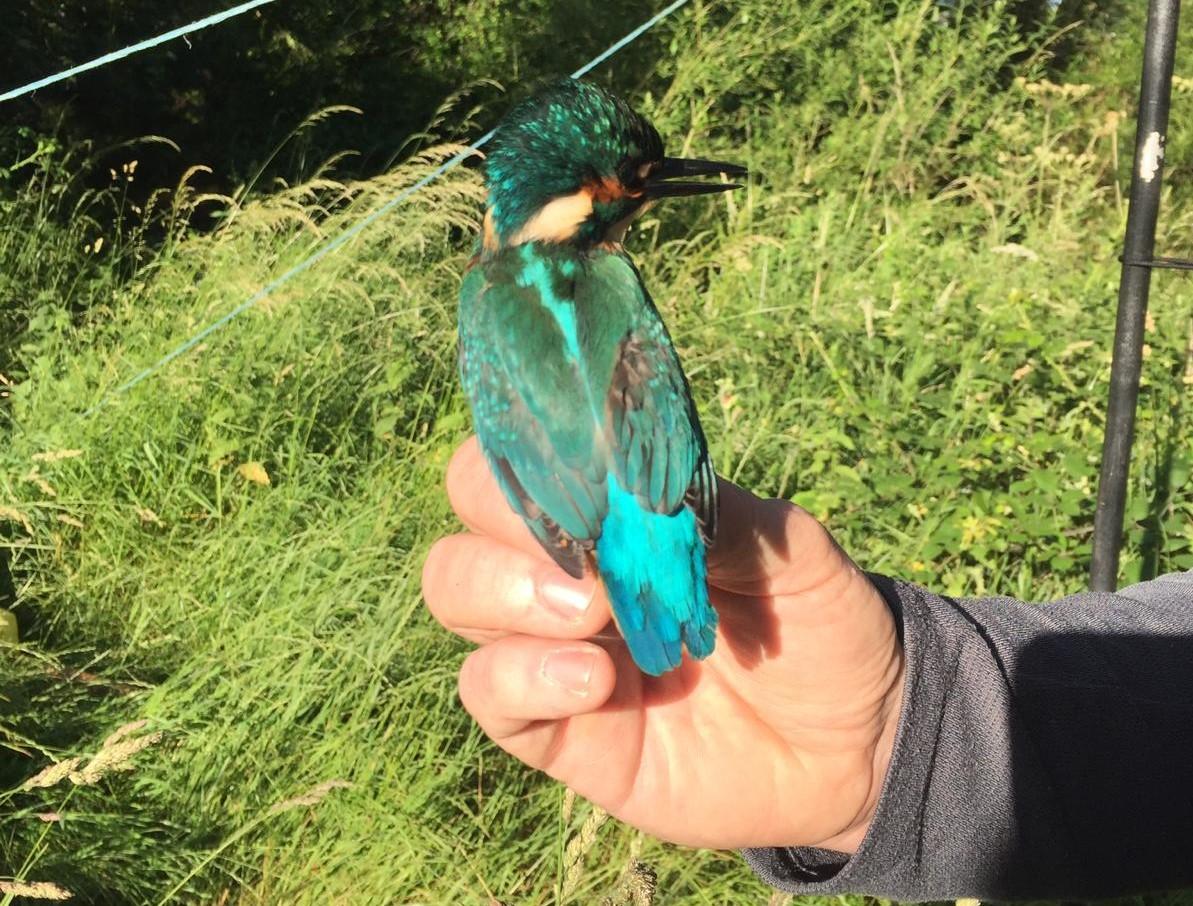
Birds
Species recorded: 49
Of these, six were Red List Species of Conservation Concern, including the recently listed greenfinch, house martin, and swift. The bird ringers caught an amazing four kingfishers, as well as two great spotted woodpeckers and a grey wagtail. Other wetland birds recorded included sedge, reed and Cetti’s warbler, reed bunting and a pair of mute swans with cygnets. Both tawny and barn owl were seen on Friday evening and buzzard, kestrel, and sparrowhawk the following day.
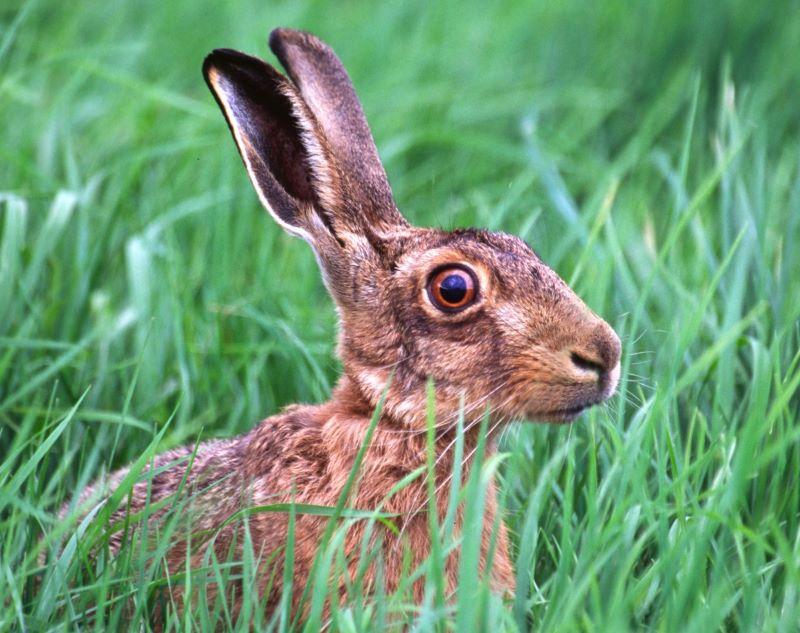
Mammals
Species recorded: 6
Four bank voles were caught during our small mammal survey, with red fox and brown hare seen elsewhere in College Wood during the BioBlitz.
Bees, grasshoppers, and crickets
Species recorded: 6
Buff-tailed, common carder, early, garden, and red-tailed bumblebees were all found during our bee and grasshopper survey, as well as the honeybee. Of the three crickets and four grasshoppers spotted, the Roesel’s bush cricket was particularly common.
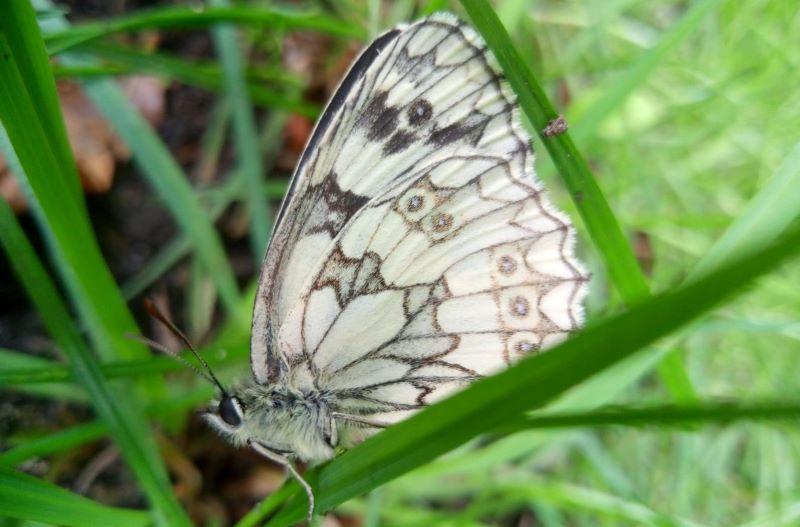
Butterflies
Species recorded: 15
Meadow brown, ringlet and marbled white were seen everywhere low down during our butterfly survey, while a purple hairstreak was seen high in an oak tree. Small heath, a Butterfly Conservation high priority species, was also recorded and fairs well in this area of the Forest.
Plants
Species recorded: 143
Good grassland species like agrimony, common knapweed, common bird’s-foot-trefoil, and yellow-rattle were spotted along the rides in our newly planted woodland, while the ancient woodland indicator species remote sedge, wood millet, and wild garlic were found in Studley Thorns. Wych elm and spindle were seen during our tree and shrub survey, as well as some large common limes and horse chestnuts in Studley Thorns.
Some wetland plants were also recorded during the pond surveys – celery-leaved buttercup, cyperus sedge and mare’s-tail were seen in and around the Studley Thorns pond, while water milfoil and a stonewort – an algae reliant on good water quality – were recorded from the Alders Pond.
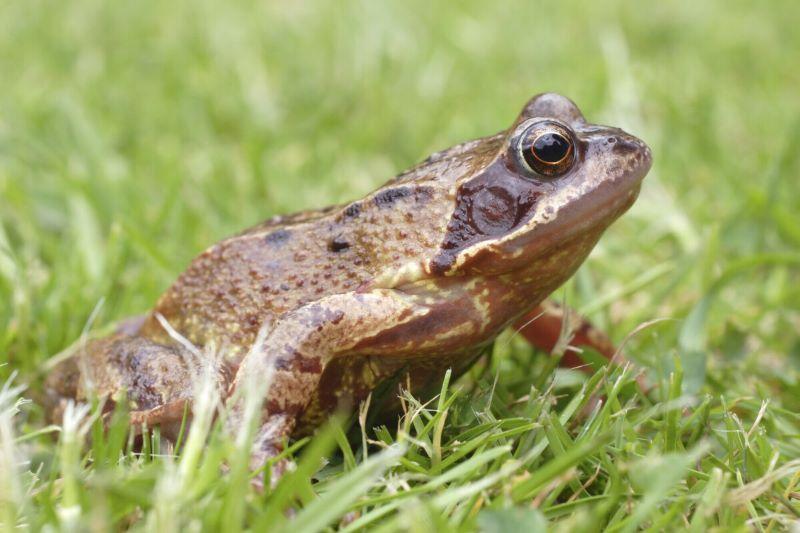
Amphibians
Species recorded: 4
Adult common frogs and common toads were both seen in College Wood. Common toad, smooth newt, and the protected great crested newt were confirmed breeding in one of our ponds.
Dragonflies and damselflies
Species recorded: 13
Both beautiful and banded demoiselles were seen, with another characteristic damselfly of streams – the white-legged damselfly – also recorded. Emperor, black-tailed skimmer, and broad-bodied chaser dragonflies were seen hunting over the ponds, while hawker and darter dragonfly nymphs were found under the water.
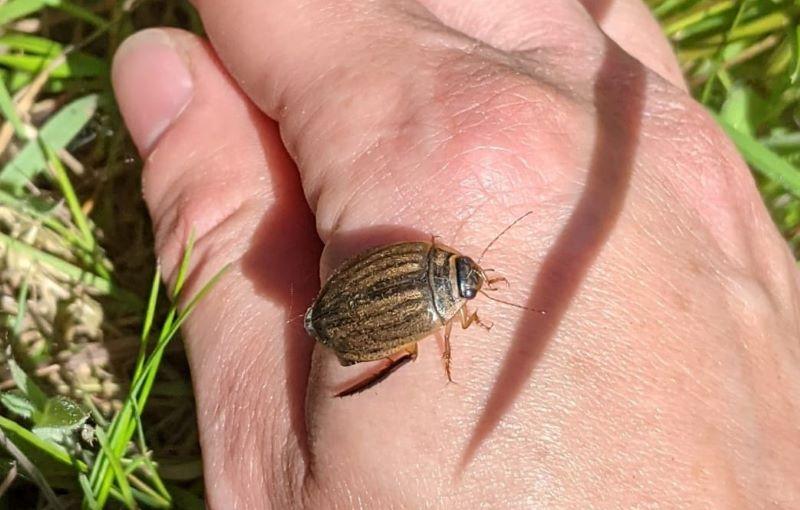
Beetles
Species recorded: 23
Of these, 16 were diving beetles, including the appropriately named cherrystone beetle, the spotty Stictotarsus duodecimpustulatus, and the larvae of a great diving beetle. On land, a click beetle and a 24-spot ladybird were recorded.
Molluscs
Species recorded: 10
Nine different species of snail were found during the pond surveys, as well as swan mussels.
Other aquatic inverts
Species recorded: 24
Two carnivorous Nepidae – the water scorpion and water stick-insect – were fished out of the Alders Pond, as well as a ‘pregnant’ duck leech. The bug Mesovelia furcata was a new species to our expert leading this survey and has a local distribution across the southern half of Britain.
Other terrestrial invertebrates
Species recorded: 7
Two common hoverflies – the pied hoverfly Scaeva pyrastri and marmalade fly Episyrphus balteatus – were seen, as well a froghopper and two spiders, including the waterside-dwelling pirate wolf spider.
Other species
Species recorded: 6
Four fungi and the fish species three-spined stickleback and roach were found in the woodlands and ponds surveyed.
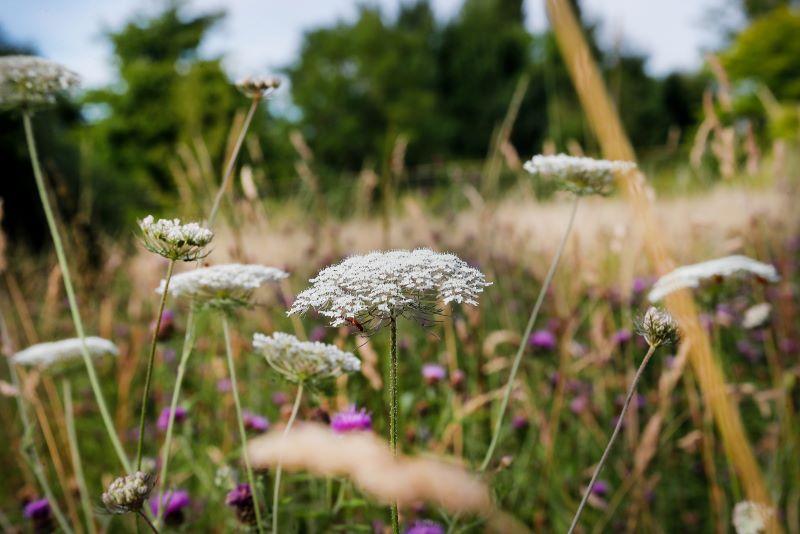
Creating a Forest for wildlife
Our biodiversity team consists of specialists who lead on habitat creation and management, from wetlands to grasslands, and the monitoring of species and habitats to increase their value for wildlife and for people.
Would you like to be part of this important work? The team is supported by volunteers and full training is provided. Visit the volunteer pages to find out more.



